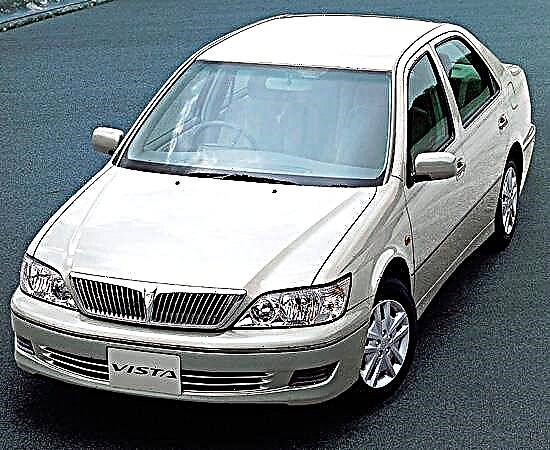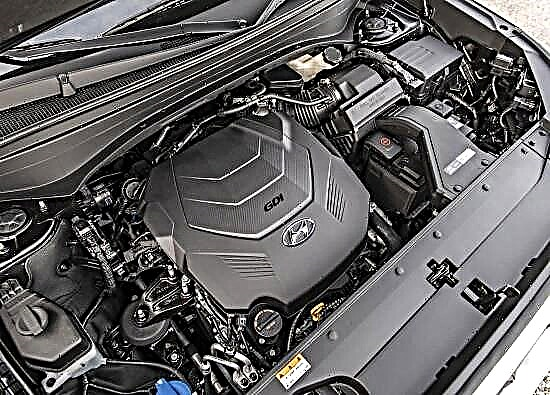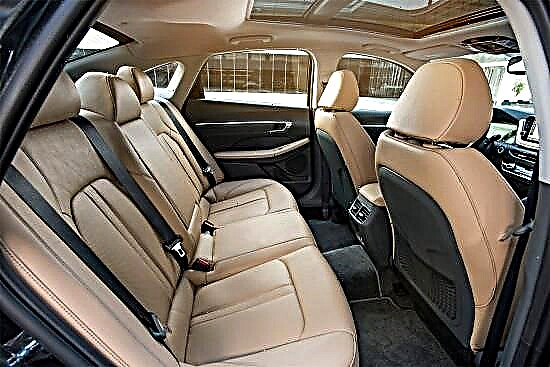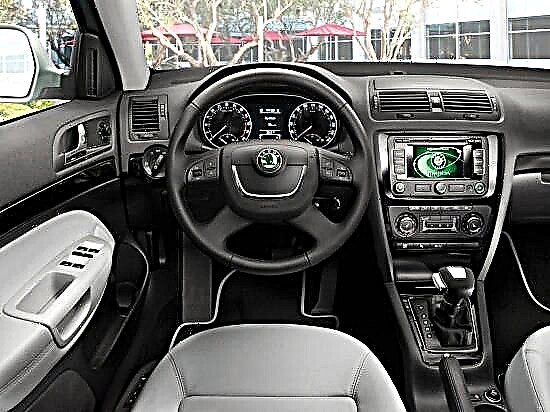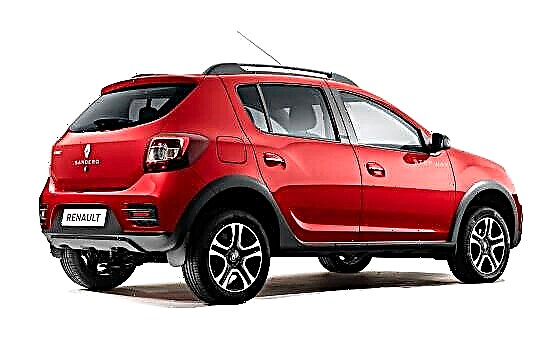Today, everyone understands that when buying a used car, it is imperative to diagnose and check it at a service station before making a deal. But, before going to the service station, it is a good idea to first conduct an independent inspection and decide whether to spend money and time to inspect the service station, or first try to drop the price, or maybe go straight to another option.
It is clear that the seller always tries to show the product with his face, without advertising “hidden defects”. But a used car has its own characteristics that can indicate certain problems.
Figuring out the crash history of a used car - the primary task when choosing it. A car that has been in a major accident always has a huge set of malfunctions, especially in a "garage" restoration. Sellers are aware of this, but often try to keep silent about the fact that the car has been in an accident, or significantly underestimate the amount of damage received.
So, the buyer, during the initial inspection of the car, should be alarmed, first of all, by the unequal gaps between the body elements. For a foreign car (especially not older than five years), this may indicate the biggest problem - a violation of the geometry of the monocoque body.
Also, a car can be simply assembled from several, which is very often practiced in the Baltics. This is indicated by a complete repainting of the used car. To check this, you need to carefully inspect the places of abutment of glass seals, fastening of door handles, hinged elements and optics. If the car was repainted “in the garage”, then often a characteristic step is formed in these places - an influx of paint.
It is necessary to pay attention to the uniformity of the color, comparing the paint on the neighboring elements from different angles: for example, on the door and wing. The paint must be completely uniform in color, gloss and wear. Otherwise, there is a high probability that the part was changed. Deformation or repainting after repair of a part can be noticed by looking at it from an acute angle: in this case, characteristic optical distortions appear in the part with a flaw.
It will also tell about the fasteners of body elements - doors, hood and trunk lids, fenders (for foreign cars). If the heads of the bolts have “wrinkles” from the keys, the paint has been peeled off, and the washers are pushed out of place, this is a clear sign that the part has been removed for repair or replacement.
An overly polished car should be alarming, especially if the year of manufacture is not the latest. As well as vice versa - the car is too dirty. Both can be an attempt to distract attention in order to disguise the "broken" body.
Quite a few cars are sold and "drowned" (especially considering the frequent floods in Europe). Basically, such cars go to us through the Baltic or Polish “sedimentation tanks”, where “on the knee” they are brought into a marketable condition and brought to us. Common problems with such a car are electronics failure and accelerated body corrosion.
Wet soundproofing material under carpets on the floor and in the trunk can indicate that the car has been under water. The same is indicated by stains on the upholstery of the seats and interior, drips on the dashboard and dashboard. A too strong aroma should be suspicious - an attempt to muffle the characteristic “swamp” smell that appears in the interior of a drowned car is possible.
Checking the aggregate part of the car - engine, chassis and gearbox. It is necessary to assess the condition of these elements at the service station. But it doesn't hurt to look at it yourself first.
It's quite simple: check that there are no oil and working fluids leaks under the bottom, in the engine compartment, on wheels, shock absorbers, gearboxes and drives. The thoroughly washed engine compartment and underbody should be alarming - perhaps this is an attempt to “mask” the problem.
"Test drive" when buying a used car - the question is relative. The main thing is to have something to compare with. For example, after a domestic car, it can be difficult to assess engine throttle response, suspension and steering in a foreign car. The tips are simple: the main thing is that there are no hard knocks-squeaks in the suspension, backlash in the steering, drifts during braking, crunching and “delays” when shifting gears ... a more accurate check will be done at the service station.
Be careful when you test drive - in the event of an accident, problems may arise, and they will demand money from you for repairs. There is a possibility that fraudsters are trading in “set-ups” during “test drives” on allegedly sold cars. Therefore, for a test drive, it is better to choose a quiet place or a separate clean area. Don't drive a car you haven't bought yet on a busy street - let the salesman drive.
Operability of options and devices, also, they will check at the service station, but it will not hurt to "click the buttons" yourself - to check the operation of the windows, washers, heating, climate control and other things. This will make it possible to either immediately abandon further negotiations (very few people will be interested in tinkering with troubleshooting a newly purchased car) and go to look at other options, or start dropping the price.
The legal cleanliness of the used car is also important. If you ignore this question, there can be more problems than mechanical failures - you can lose your car. Therefore, especially when buying an expensive car, before making a deal, you must definitely contact the traffic police - to check the legality of the car.
P.S. If you are planning to buy a used foreign car, we recommend that you also familiarize yourself with the reliability rating of used cars.



